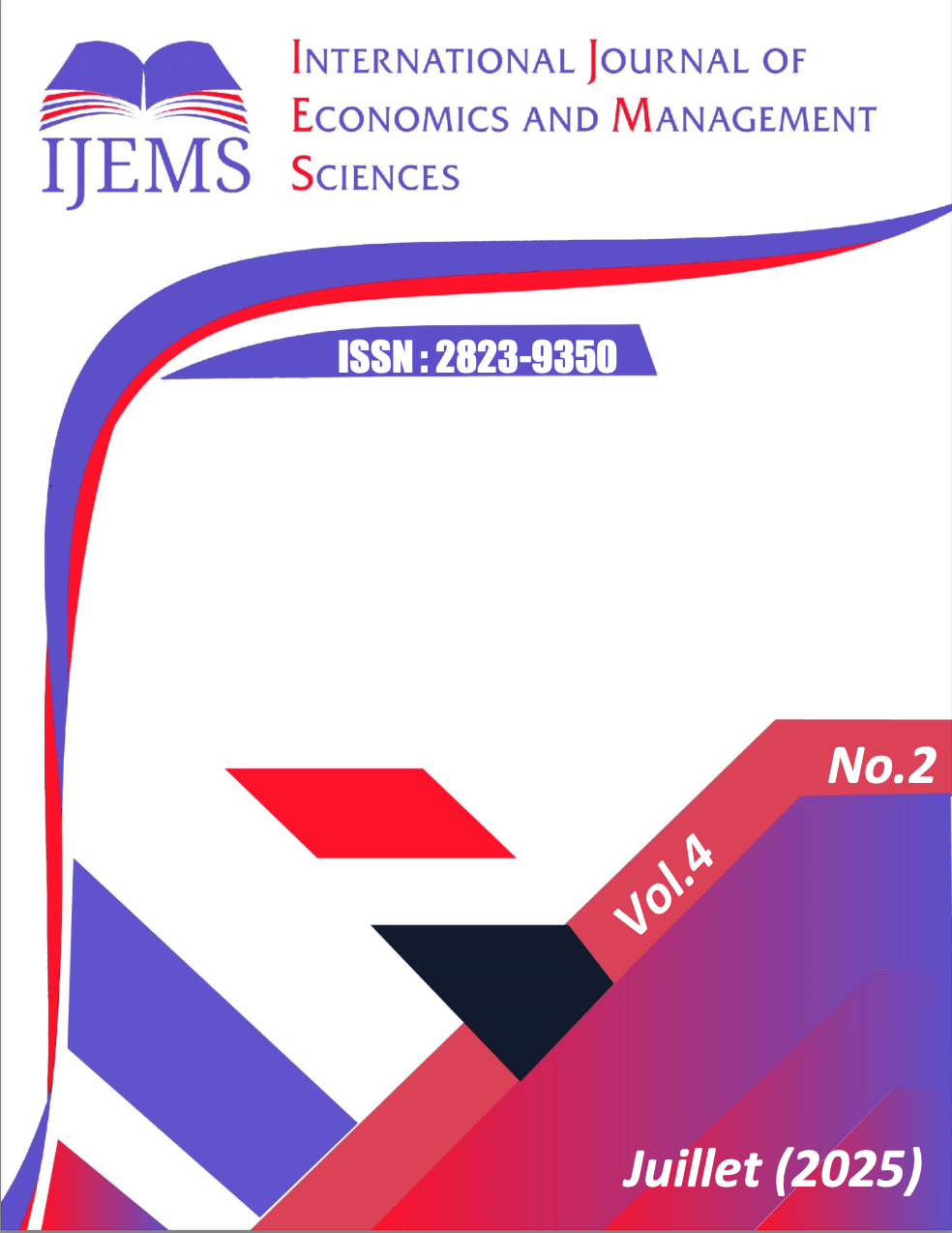A typology of uneven development: regional disparities and socio-economic profiles in Morocco
Mots-clés :
Regional typology, regional disparities, Principal component analysis, Hierarchical clustering, Morocco, Middle-income countries, Territorial developmentRésumé
In many middle-income countries, regional inequalities remain a central concern for policy and research, especially where decentralization has advanced without fully addressing institutional and territorial disparities. This article proposes a multidimensional classification of Moroccan regions based on socio-economic indicators that reflect demographic dynamics, education, health infrastructure, living conditions, and economic outcomes. The analysis uses official statistical data from the Haut-Commissariat au Plan and follows a two-step method: principal component analysis identifies the main axes of variation across regions, and hierarchical clustering forms internally consistent regional profiles. The results highlight sharp spatial contrasts between core and peripheral territories, with persistent inequalities linked to institutional capacity, access to public services, and economic specialization. These findings support the relevance of place-based approaches in contexts marked by asymmetric decentralization and regional development gaps.


















